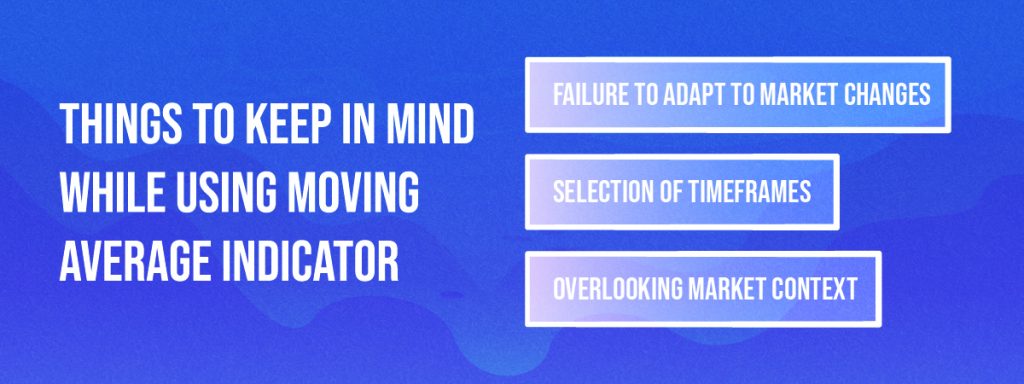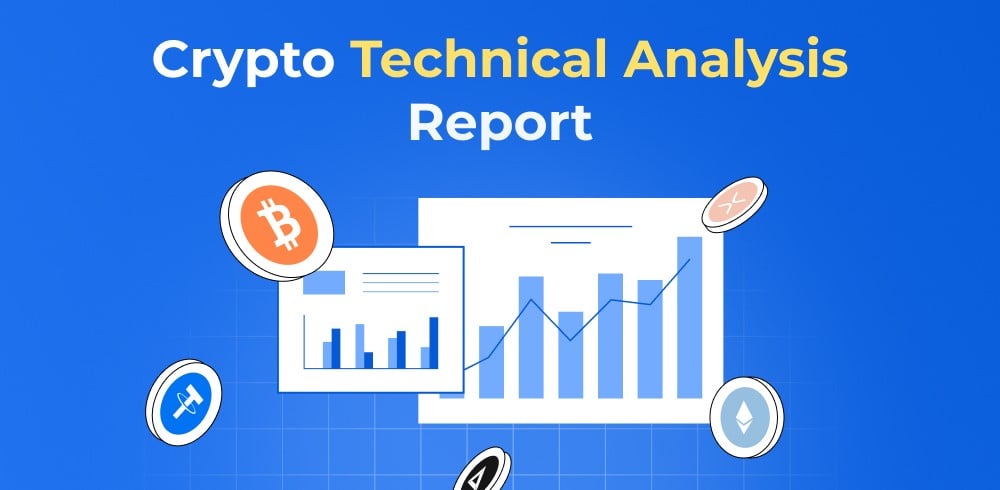Traders have long relied on trading indicators to improve the precision of their predictions regarding digital asset movements. Among these tools, moving averages stand out as particularly potent and adaptable. Functioning as a momentum indicator, moving averages assist technical traders in navigating the dynamic and erratic crypto markets.
This article aims to explain the moving average indicator, detailing its mechanics, variations, calculation methods, and inherent constraints.
What Exactly is a Moving Average?
A moving average (MA) is a technical tool that computes the average price of a crypto asset within a designated time frame. Common periods for calculation include 15, 20, 30, 50, 100, and 200 days. MAs serve to mitigate price volatility by generating a consistent trend line, aiding traders in spotting potential entry or exit points.
Essentially, the moving average (MA) condenses recent price data into a single indicator, streamlining trend identification and reducing information overload. While MAs can be invaluable for crypto traders, mastering their calculation and application is crucial for effective utilization within trading strategies.
How Moving Averages Work in Simple Terms
One of the key advantages of employing the moving average in crypto trading lies in its capacity to smooth out price fluctuations and emphasize underlying patterns. By averaging out the day-to-day noise in price movements, the moving average enables traders to concentrate on overarching trends, facilitating more informed decision-making. Beyond trend identification, this tool can also pinpoint potential support and resistance levels. As crypto nears a moving average, it can serve as a boundary, either bolstering the price (in an upward trend) or impeding further advances (in a downward trend). Traders have the flexibility to utilize the moving average independently or in tandem with other technical analysis instruments to enhance their trading strategies.
Read more: Crypto Trading Strategies
Types of Moving Averages
Although the moving average derives from the average price of recent candlesticks, additional factors contribute to its determination. Among the calculation methods, two of the most effective moving averages are:
Simple Moving Average (SMA):
The Simple Moving Average (SMA) serves as a prevalent trend indicator in trading practices. It smooths out price fluctuations and aids in identifying market trends over a specified timeframe. Traders often utilize the crossover of two moving averages to pinpoint support and resistance levels with greater accuracy than relying on a single average alone.
Exponential Moving Average (EMA):
The Exponential Moving Average (EMA) functions as a trend indicator that reacts more promptly to price variations. It assigns greater weight to recent prices compared to the simple moving average, resulting in recent data having a more substantial impact on the price trend. Traders leverage this information to generate buy and sell signals similar to the SMA. When the fast-moving average crosses above the slow one, it can indicate to traders the commencement of a bullish trend.
Read more: 10 Must Have Indicators For Successful Crypto Trading
How to Calculate a Moving Average?
The simple moving average (SMA) is a basic tool used to determine the average price of an asset within a specified timeframe. It accomplishes this by adding up the closing prices of the asset over the last ‘N’ periods and dividing the sum by “N.”
The formula for calculating SMA is:
SMA = (A1 + A2 +… + AN) / N
where:
- AN represents the price of the asset at period N.
- N denotes the total number of periods.
In contrast, the Exponential Moving Average (EMA) exhibits greater responsiveness to recent price changes compared to the SMA. While the SMA treats all observations within a period equally, the EMA adopts a more dynamic approach by giving precedence to the most recent data points.
The formula for calculating the Exponential Moving Average (EMA):
EMA = (TP * (Smoothing / (1 + Days)) + (EMA_Yesterday * (1 – (Smoothing / (1 + Days)))
where:
- EMA signifies Exponential Moving Average.
- TP denotes today’s price.
- Days represent the number of days in the timeframe.
- Smoothing indicates the smoothing factor (typically set to 2).
Moving Averages in Crypto
When a crypto’s price nears a moving average, it can act as a barrier that strengthens the price during an upward trend or hinders additional gains in a downward trend. You have various options for utilizing the moving average, whether independently or alongside other technical analysis tools. For instance, you might incorporate multiple moving averages on a single chart to enhance trend visualization or combine the moving average indicator with others, such as Bollinger Bands.
Things to keep in mind while using Moving Average Indicator

The moving average indicator comes with certain limitations that crypto traders should be mindful of:
- Failure to adapt to market changes: It’s crucial to adapt your moving average strategy according to evolving market conditions. Some strategies may perform better in trending markets, while others are more effective in sideways or volatile conditions.
- Selection of timeframes: Select the time frames of your moving averages based on the specific crypto being traded and your personal trading preferences. Shorter time frames might be more suitable for day trading, whereas longer timeframes may be preferred by long-term investors.
- Overlooking market context: Always remain cognizant of the broader market dynamics and any significant news events that could influence crypto prices. Understanding the market context is vital for making well-informed crypto trading decisions.
Read more: How To Pick A Crypto For Day Trading
Conclusion
To sum up, the moving average indicator is a valuable tool in crypto technical analysis, aiding traders and investors in assessing crypto price movements and enhancing decision-making. Whether utilized independently or alongside other analytical tools, the moving average holds significance in a trader’s arsenal. However, while moving averages offer diverse trading signals, they should not serve as the sole basis for market timing or trade entry/exit determinations. It is advisable to integrate them into a comprehensive trading strategy alongside various other forms of crypto technical analysis.
If you found this blog to be useful, do share it with other like-minded crypto enthusiasts. Click on the button below to begin your crypto trading journey using ZebPay.







